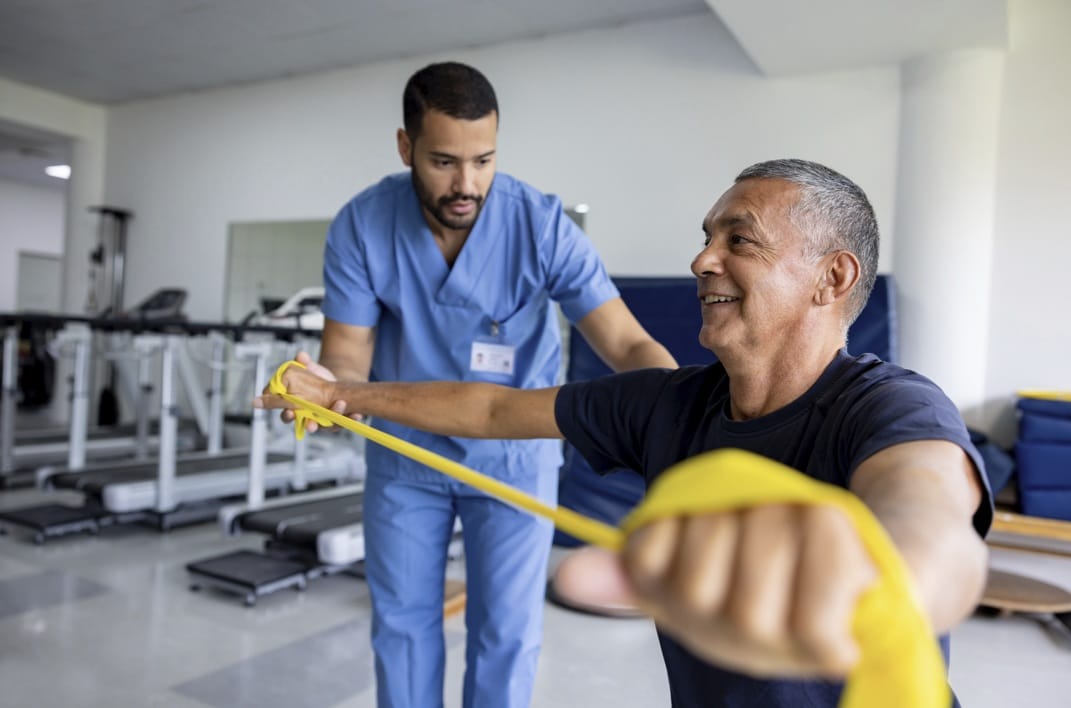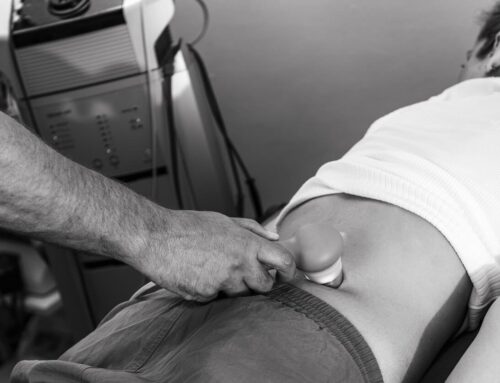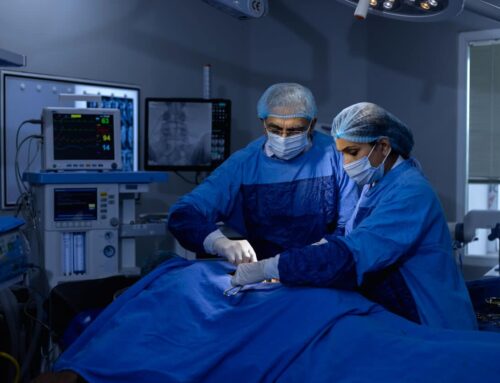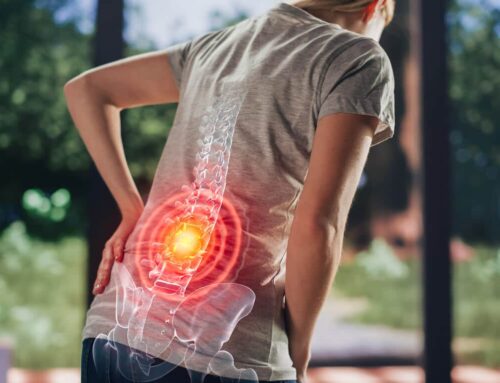Treating nagging spinal stenosis pain, numbness, tingling and weakness can make a significant improvement in your quality of life. In this article, we will discuss how physical therapy for spinal stenosis can help relieve pain, what to expect at therapy and how to find a spinal stenosis physical therapist near you.
What is spinal stenosis?
Spinal stenosis describes the narrowing of the spinal canal, which pushes on nerves or the spinal cord causing uncomfortable symptoms. It normally occurs in the lower back (lumbar spine) or in the neck (cervical spine).
The common causes of spinal stenosis include disc degeneration or herniation, bone growth, subluxation of the vertebrae, thickening of ligaments, back injuries and other conditions.
The malady affects up to half a million people in the United States. Experts usually see these issues in older adults, especially in women over 70.
Spinal stenosis symptoms
Common symptoms of lumbar spinal stenosis include low back pain, numbness or tingling in the legs, buttocks or feet. These symptoms may improve when sitting, lying down or standing with a stooped posture, but they tend to worsen over time.
Cervical spinal stenosis symptoms include neck and arm pain, arm and hand weakness, numbness and/or tingling.
Physical therapy for back pain
Treatment for spinal stenosis varies based on a variety of factors. To slow and, ideally, halt the progression of symptoms, orthopedic physicians may recommend conservative, non-surgical spinal stenosis treatments, like physical therapy.
Physical therapy can reduce symptoms and improve function. Many people experience positive outcomes from physical therapy for mild to moderate symptoms.
Benefits of physical therapy for spinal stenosis
Physical therapy helps treat mild to moderate spinal stenosis symptoms in many ways, including:
- Strengthening muscles
- Increasing flexibility and function
- Improving gait and balance
- Increasing ability to perform activities of daily living
- Reducing pain
- Lowering or delaying the need for surgery
Regular spinal stenosis treatment through physical therapy can provide significant, short-term improvements in symptom severity, function, gait and pain reduction in comparison to home exercises.
Cary Orthopaedics spine-specific physical therapists are extensively trained in spine therapy to provide our patients with the best opportunity for recovery. Our team works closely with your orthopedic physician to implement comprehensive rehabilitative treatment and maintain cohesive care.
Other treatments for spinal stenosis include medications (NSAIDs) and cortisone injections to help with the pain. Schedule a consultation with one of our physicians at Cary Orthopaedics Spine Center to find out if these options are right for you.
What to expect at your spinal stenosis PT appointment
At your first spinal stenosis physical therapy visit, you will be evaluated by a qualified, licensed physical therapist. Based on that evaluation and assessment, your therapist will create an individualized plan to address your specific needs and manage your symptoms. You and your team will also identify goals for your treatment.
You play a large part in the rehabilitation process. Your active participation is required to achieve the best results.
Your spine-specific therapist will use many different “tools,” methods and exercises to help you achieve your goals. These may include:
- Stretching, flexibility and gentle movements to relieve pressure from affected nerves and provide pain relief
- Core and general muscle strengthening to reinforce the muscles supporting your back and core
- Postural training to alleviate abnormal stress on the spine and offer pain relief when you sit, stand or walk
- Aerobic exercises to enable you to regain the quality of life you may have lost due to your symptoms
- Balance and coordination exercises to prevent falls and provide stability
- Manual therapy (like massage, electrical stimulation or moist heat) to loosen tight joints and muscles
- Education to help you better understand your body, how to modify activities according to your needs, tools or equipment that may help you, and more!
Find a spinal stenosis therapist near you
Finding a physical therapist with spine training can make a big difference in your recovery. The spine is unlike any other part of the body and requires specialized physical therapy to achieve the best outcomes.
Cary Ortho’s highly trained spine physical therapists are vital to our spine care team. They work closely with both patients and physicians to relieve suffering from cervical spinal stenosis or lumbar spinal stenosis, as well as other neck and back issues.
Our team has a proven track record of helping patients return to better health and mobility. Connect with our spinal care staff at our Spine Center main office in Cary.
When you need more than physical therapy can provide
If your spinal stenosis back pain is persistent, increasing and prevents you from completing daily activities, it is important to speak with a spine specialist. Also, let your physician know if you are having changes in your bladder or bowel function, which may be caused by spinal stenosis.
While physical therapy, cortisone injections and medications help relieve mild to moderate symptoms, more severe cases may benefit from spinal stenosis surgery. This surgery creates more space in the vertebrae of the spine to relieve pressure on the spinal cord or affected nerves.
If you and your orthopedic doctor have tried conservative treatments and they have not helped, spinal stenosis surgery may be the next step. Your spine doctor will evaluate you and recommend the best options.
Contact Cary Orthopaedic for back pain relief
Cary Orthopaedics Spine Center is the Triangle’s only comprehensive orthopedic spine practice with expert specialists all under one roof.
Our talented spine-focused physiatrists, surgeons, physician assistants and physical therapists have years of experience in helping patients reduce back pain and restore function with non-invasive and surgical treatments.
Contact our offices today to discuss your back pain and get relief.






